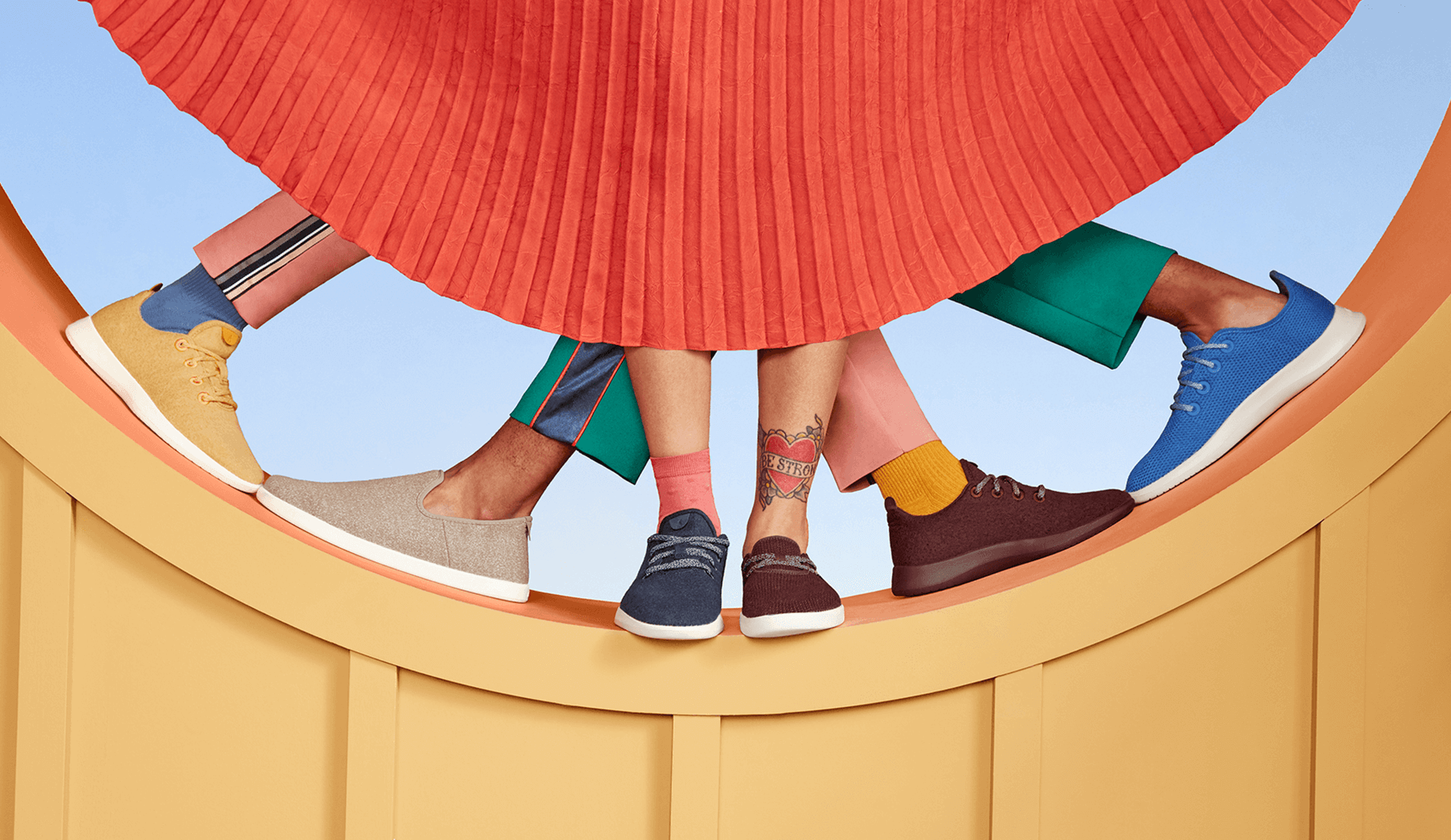
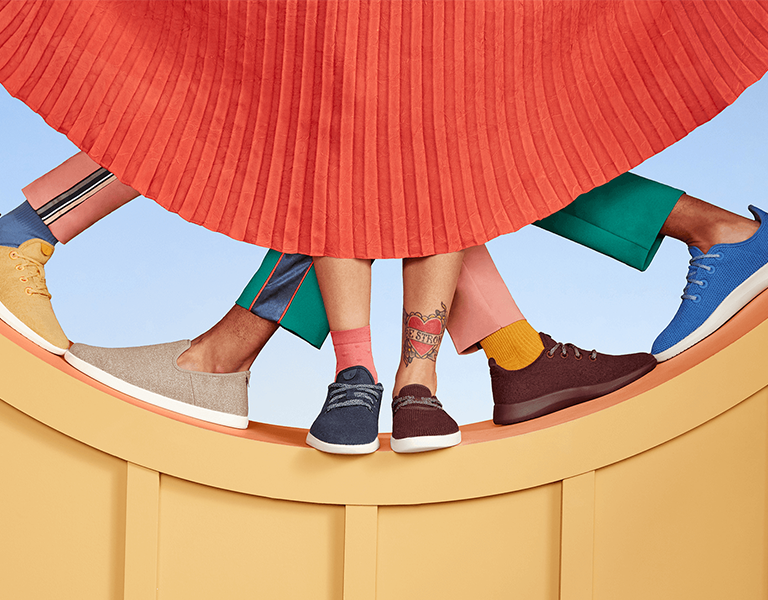
Market & Brands
Innovative Brands Making Stylish Sustainable Sneakers
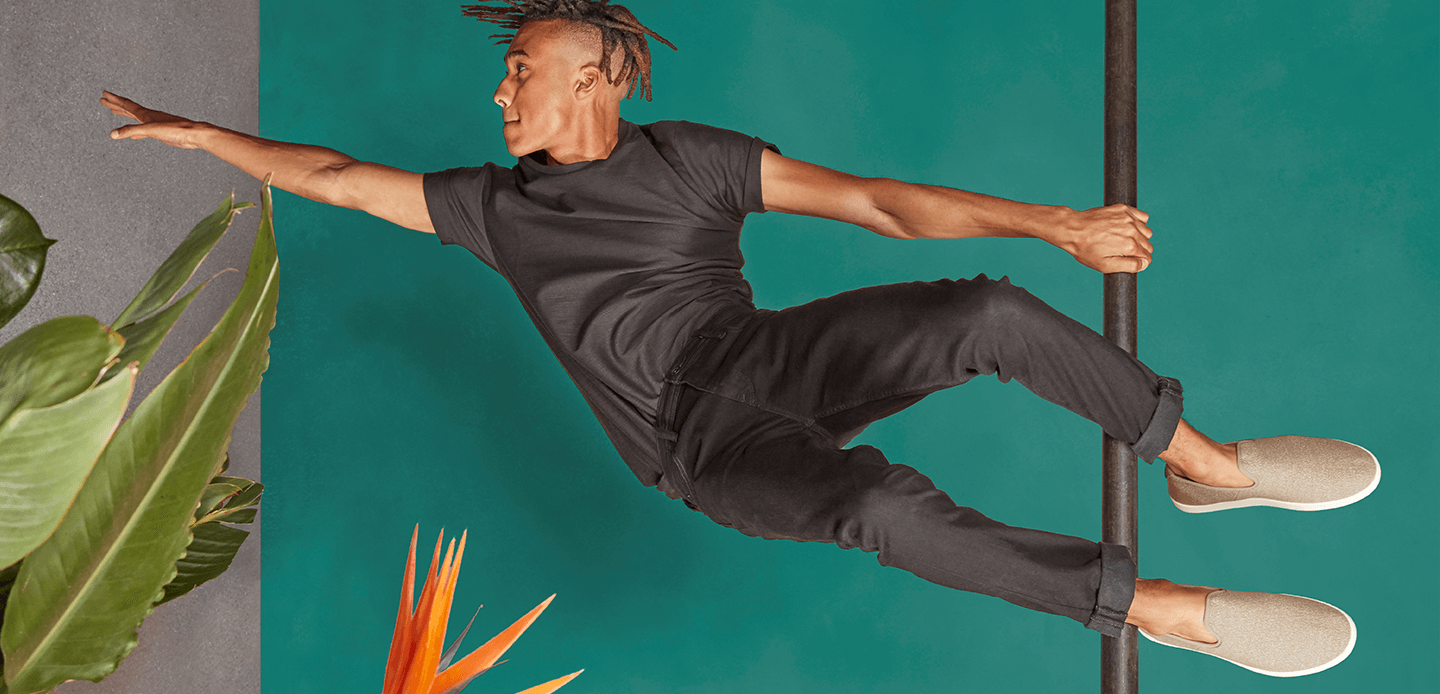
History of sneakers
Although the trainer - or sneaker - is a relatively modern concept, its earliest incarnation of sorts is perhaps that of ancient Aztecs applying natural latex from rubber trees to the soles of their feet for protection against the rainforest floor.
However, it wasn’t until Charles Goodyear discovered the vulcanisation process in 1839, which meant it was possible to harden rubber and fuse it to canvas, that the sports shoe was invented.
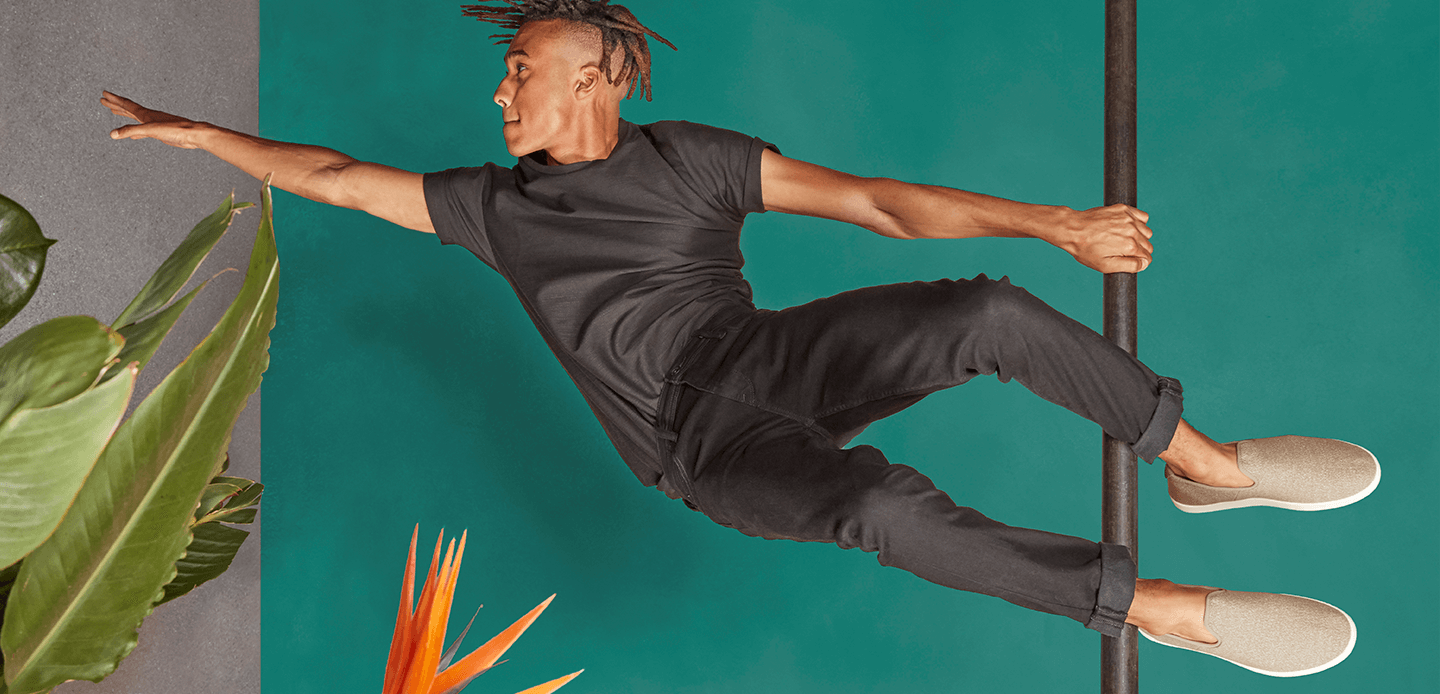
History of sneakers
Although the trainer - or sneaker - is a relatively modern concept, its earliest incarnation of sorts is perhaps that of ancient Aztecs applying natural latex from rubber trees to the soles of their feet for protection against the rainforest floor.
However, it wasn’t until Charles Goodyear discovered the vulcanisation process in 1839, which meant it was possible to harden rubber and fuse it to canvas, that the sports shoe was invented.

Sneakers made their way out of the sports arena to casual wear in the 1930s, but it was when Hip Hop culture emerged from basketball-loving New York in the late 1970s and early 1980s that they, and sportswear, really came into their own.
While many brands like Converse, adidas and Puma had already been making sneakers for decades, today’s market leader, Nike, only officially came into existence in 1971.
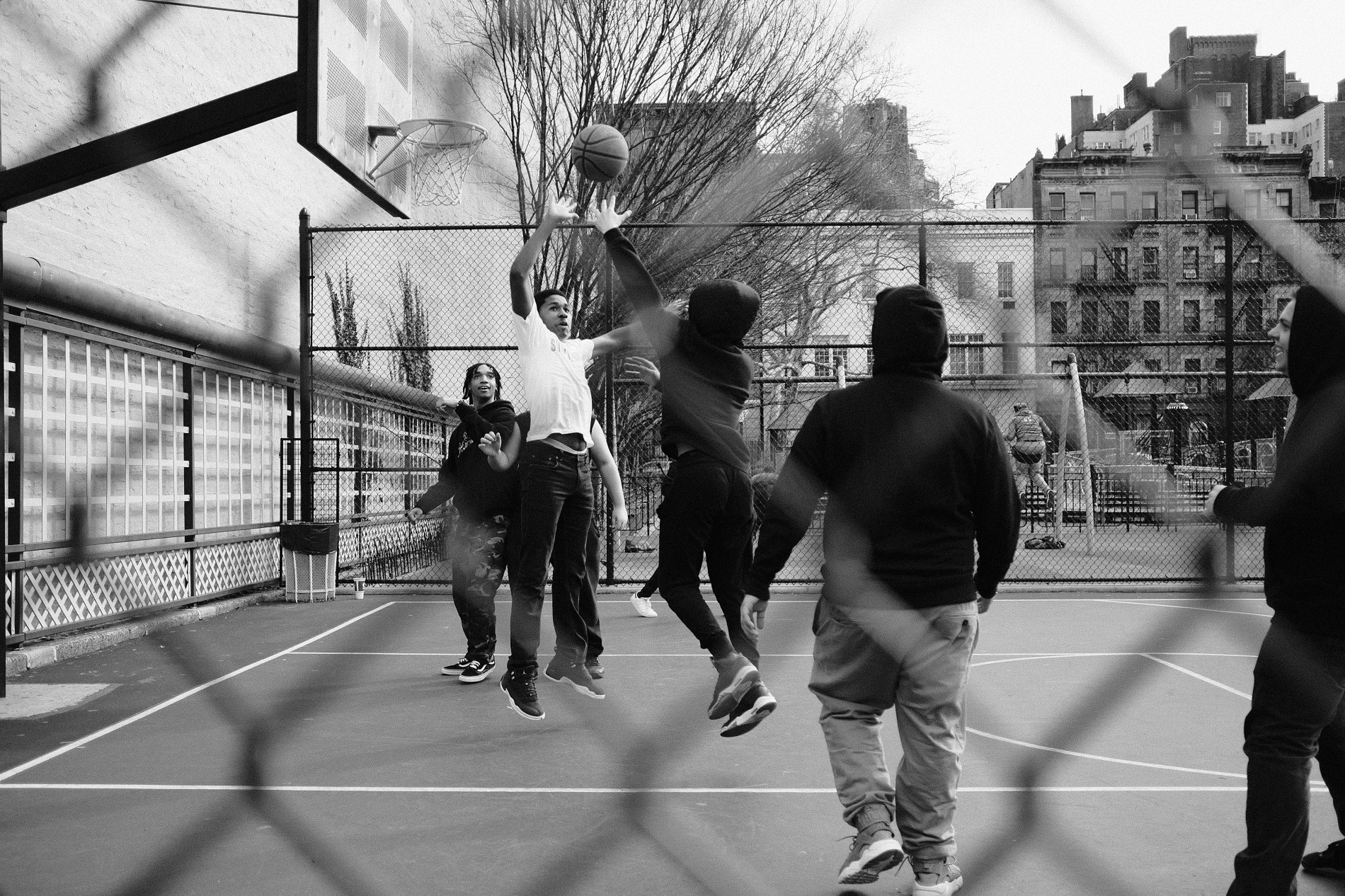
Sneakers made their way out of the sports arena to casual wear in the 1930s, but it was when Hip Hop culture emerged from basketball-loving New York in the late 1970s and early 1980s that they, and sportswear, really came into their own.
While many brands like Converse, adidas and Puma had already been making sneakers for decades, today’s market leader, Nike, only officially came into existence in 1971.
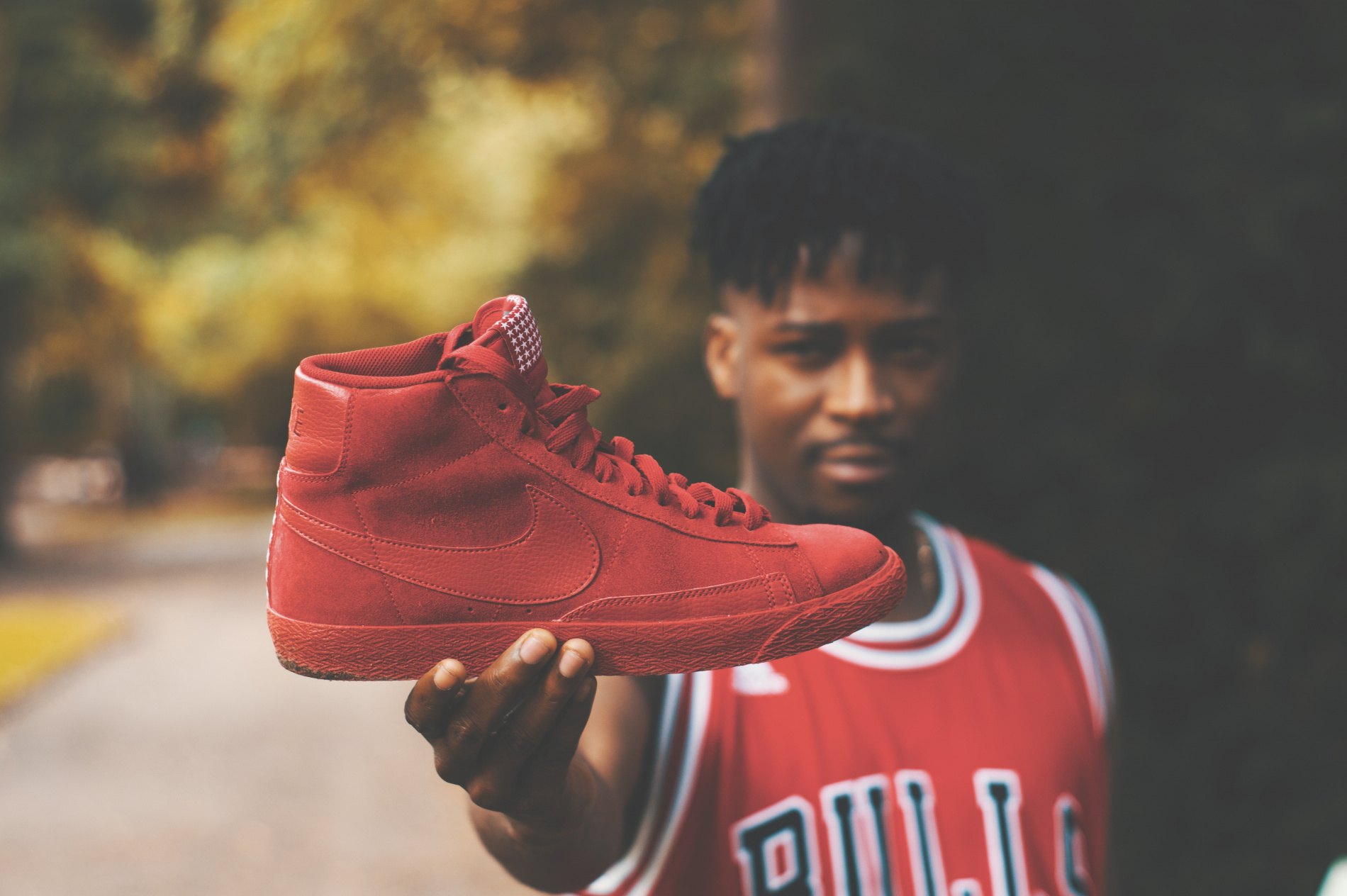
Sneakers, sweatshops & sustainability
The sneaker industry has historically been plagued with environmental and workers rights issues, from child labour and sweatshops, to the use of toxic chemicals, but it is worth noting that even the worst offenders have taken steps to do better since the early 1990s when it was first highlighted.
Nike has pledged to reduce its carbon emissions by 50% by 2025, for example, and uses some sustainable materials such as recycled cotton and polyester, though there is still much room for improvement.

Sneakers, sweatshops & sustainability
The sneaker industry has historically been plagued with environmental and workers rights issues, from child labour and sweatshops, to the use of toxic chemicals, but it is worth noting that even the worst offenders have taken steps to do better since the early 1990s when it was first highlighted.
Nike has pledged to reduce its carbon emissions by 50% by 2025, for example, and uses some sustainable materials such as recycled cotton and polyester, though there is still much room for improvement.
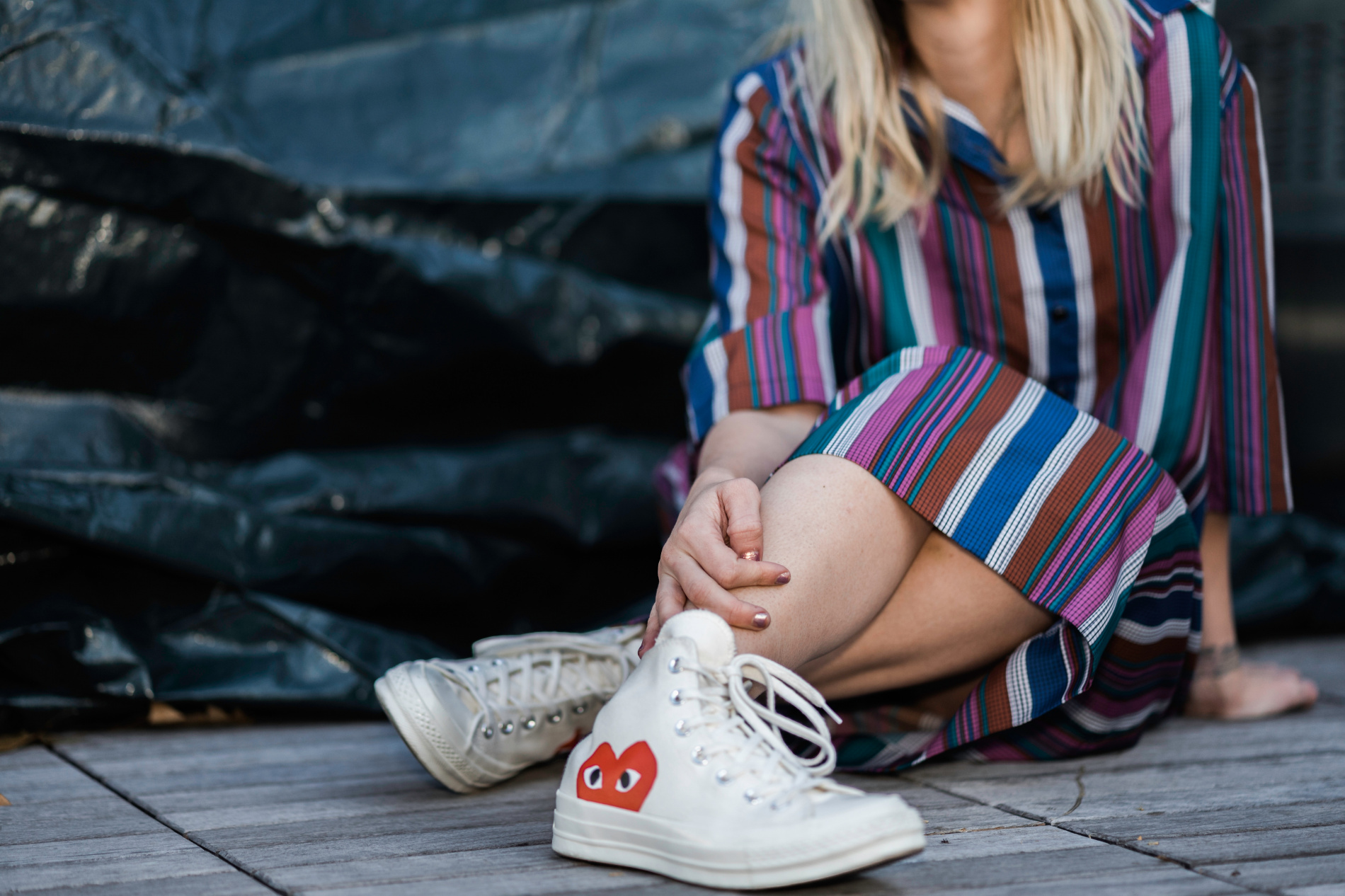
Sneakers today
Recent years have seen the sales of women’s sneakers boom.
While high heels sales have been in decline, thanks to better designs for women from sports brands (an area that was historically very male dominated), and trainers being shown on the catwalks in New York, London, Paris and Milan, there has been a huge appetite for these, the most comfortable of shoes.
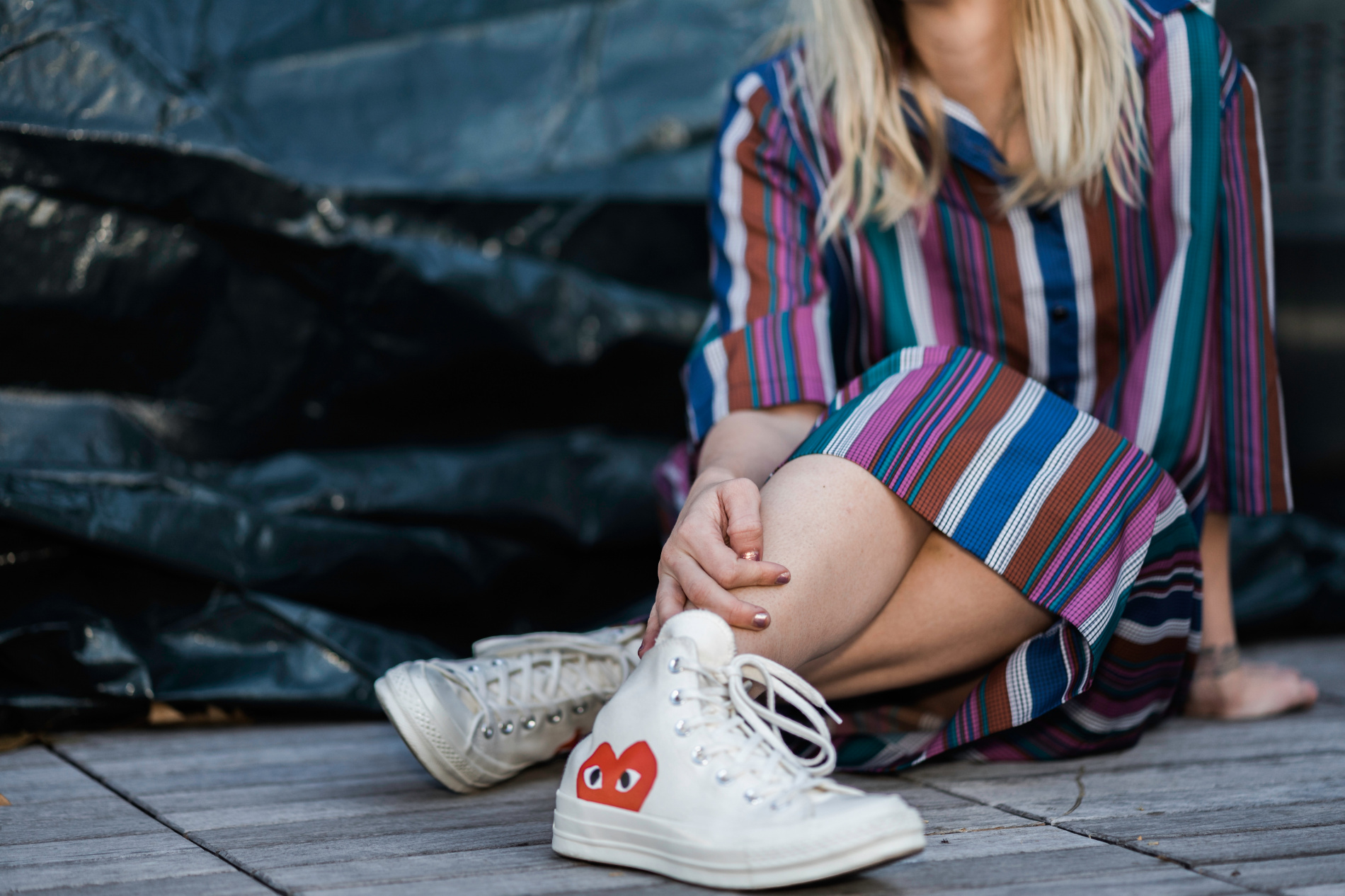
Sneakers today
Recent years have seen the sales of women’s sneakers boom.
While high heels sales have been in decline, thanks to better designs for women from sports brands (an area that was historically very male dominated), and trainers being shown on the catwalks in New York, London, Paris and Milan, there has been a huge appetite for these, the most comfortable of shoes.
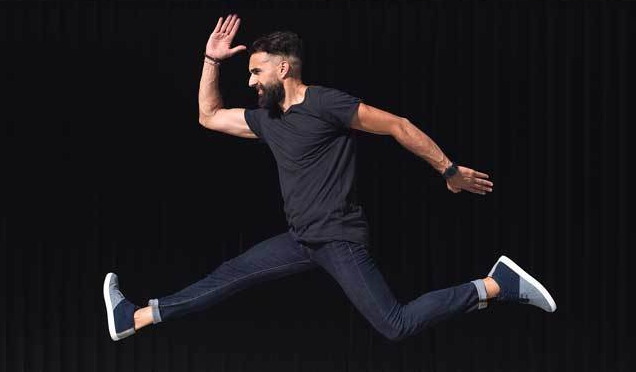
Sustainable sneaker innovation
There are many reasons why sneakers, rather than formal shoes, are an appealing type of footwear to explore in sustainable terms. Many trainers are not made from leather; canvas, for example, has always been widely used in their production, and bio-materials are increasingly popular.
Soles can be made from natural, rather than synthetic rubber, as well as recycled materials.
And trainers are, for the most part, gender neutral, giving them a broad appeal.
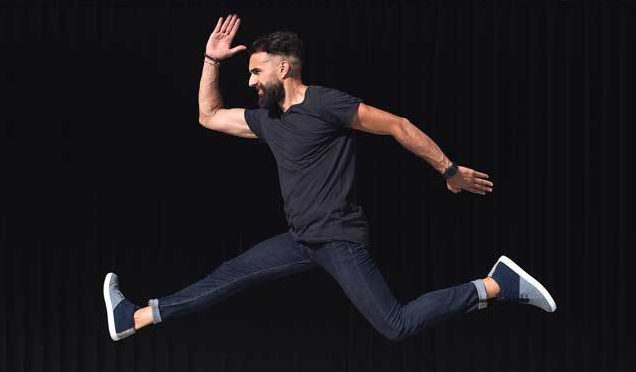
Sustainable sneaker innovation
There are many reasons why sneakers, rather than formal shoes, are an appealing type of footwear to explore in sustainable terms. Many trainers are not made from leather; canvas, for example, has always been widely used in their production, and bio-materials are increasingly popular.
Soles can be made from natural, rather than synthetic rubber, as well as recycled materials.
And trainers are, for the most part, gender neutral, giving them a broad appeal.
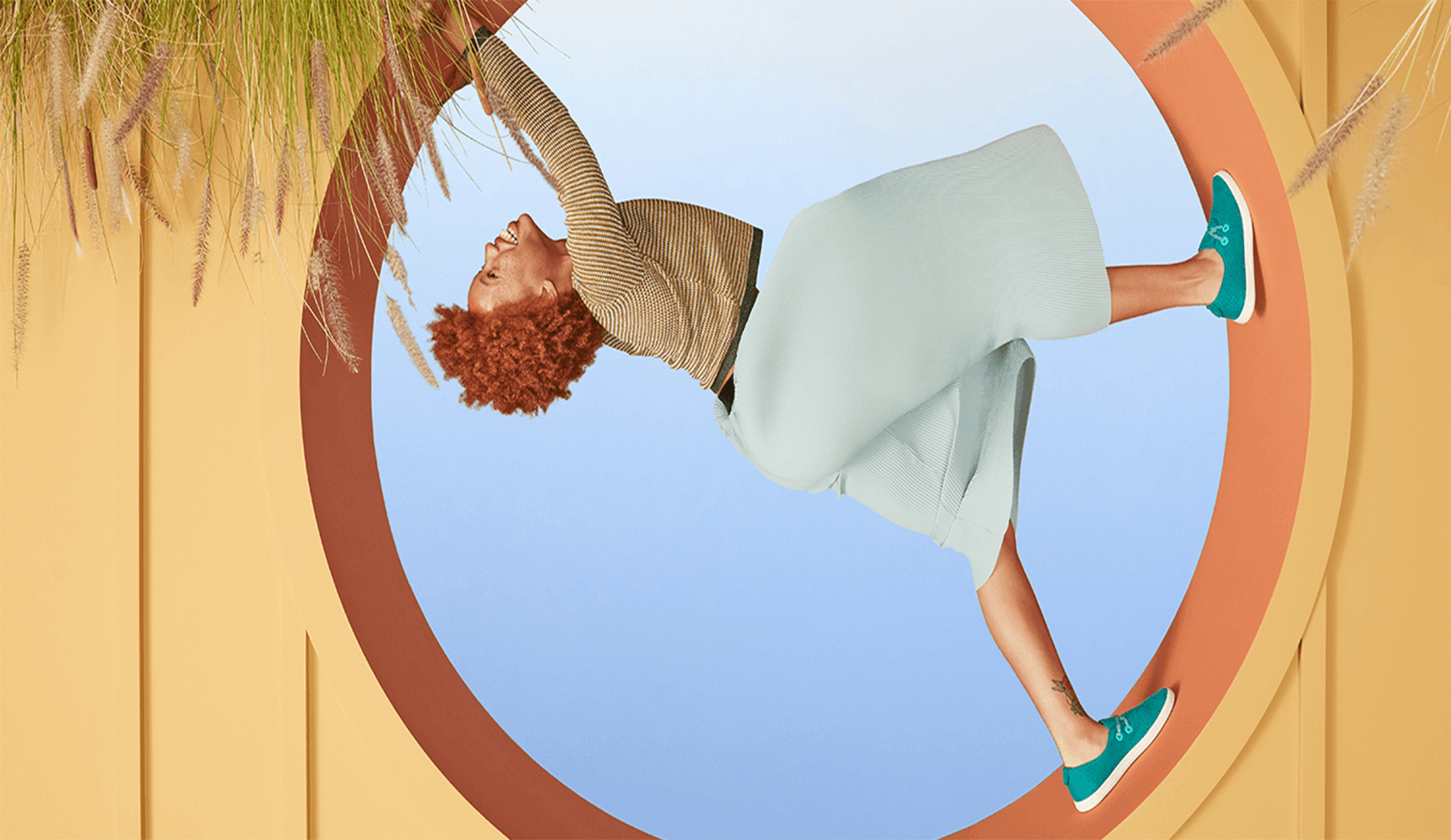
Allbirds
Being a B-Corp, every aspect of the production of Allbirds sneakers has been considered with the highest sustainable ethics as a priority.
Its uppers are made from either New Zealand merino wool (with high standards of farming, land management and animal welfare) or FSC certified TENCEL™ lyocell.
In addition, it has developed a SweetFoam™ sole made from sugarcane, its laces are made from recycled bottles, it uses castor oil in its insoles, and even its packaging is made from 90% recycled cardboard.
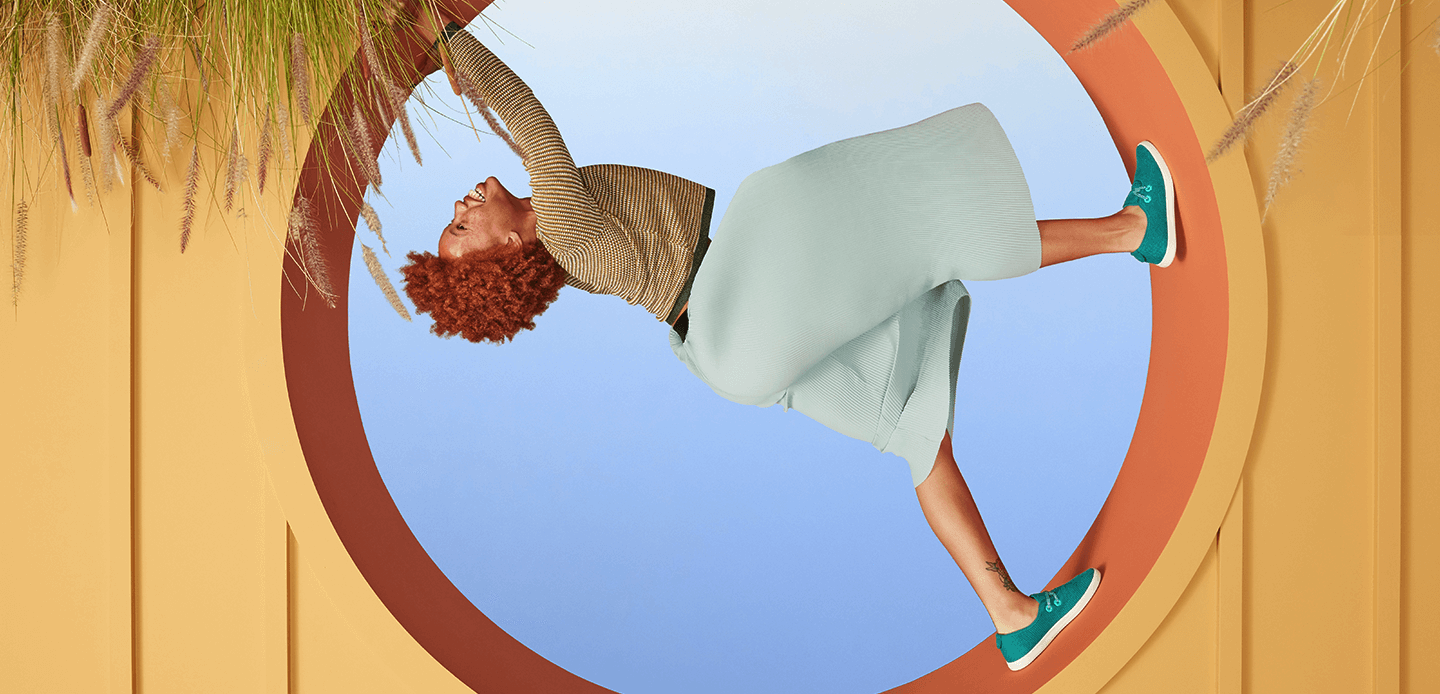
Allbirds
Being a B-Corp, every aspect of the production of Allbirds sneakers has been considered with the highest sustainable ethics as a priority.
Its uppers are made from either New Zealand merino wool (with high standards of farming, land management and animal welfare) or FSC certified TENCEL™ lyocell.
In addition, it has developed a SweetFoam™ sole made from sugarcane, its laces are made from recycled bottles, it uses castor oil in its insoles, and even its packaging is made from 90% recycled cardboard.

Veja
Launched in 2005, French label Veja is one of the best known environmentally friendly sneakers brands.
It uses materials such as organic cotton, vegetable tanned leather, recycled plastic bottles, and wild rubber, which it buys at a premium in order to protect the Amazonian Rainforest and the rubber tappers who collect it.
Veja enjoys a high fashion association, being stocked at Parisian boutique Merci and Net-a-Porter.com and worn by fashion bloggers around the world.

Veja
Launched in 2005, French label Veja is one of the best known environmentally friendly sneakers brands.
It uses materials such as organic cotton, vegetable tanned leather, recycled plastic bottles, and wild rubber, which it buys at a premium in order to protect the Amazonian Rainforest and the rubber tappers who collect it.
Veja enjoys a high fashion association, being stocked at Parisian boutique Merci and Net-a-Porter.com and worn by fashion bloggers around the world.

Yatay
New brand Yatay’s aim is to position itself as a chic minimal fashion footwear label, while still adhering to a strict environmental policy.
As well as uppers made from Biopolyols, linings from recycled polyester and water-borne polyurethane, and hemp laces, its bio-based polyurethane soles biodegrade within 500 days of being disposed.
Even the lightweight boxes, each made from five recycled plastic bottles, allow for more efficient and eco-friendly transportation, with an environmental impact approximately 90% lower than a traditional shoebox.

Yatay
New brand Yatay’s aim is to position itself as a chic minimal fashion footwear label, while still adhering to a strict environmental policy.
As well as uppers made from Biopolyols, linings from recycled polyester and water-borne polyurethane, and hemp laces, its bio-based polyurethane soles biodegrade within 500 days of being disposed.
Even the lightweight boxes, each made from five recycled plastic bottles, allow for more efficient and eco-friendly transportation, with an environmental impact approximately 90% lower than a traditional shoebox.
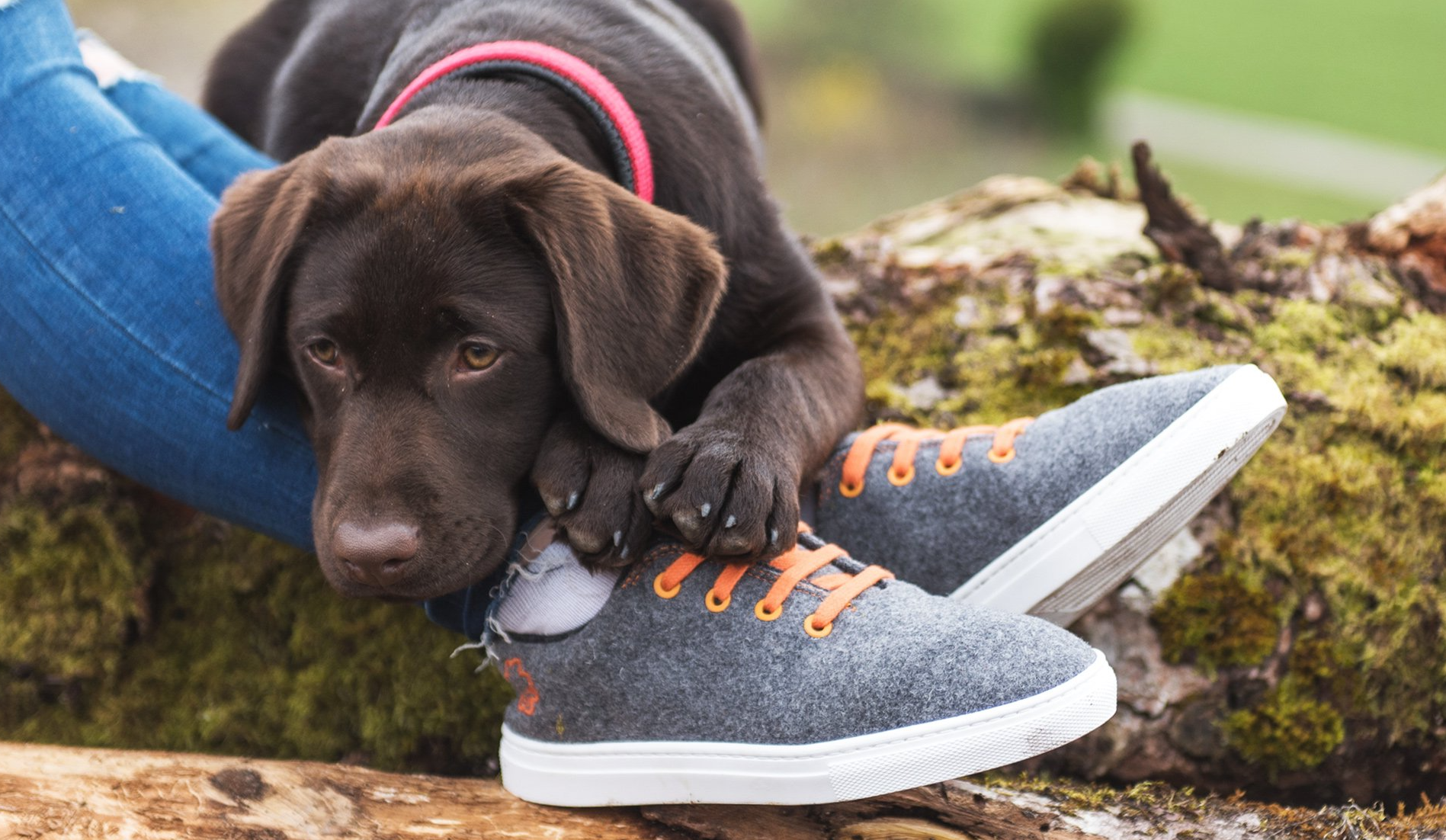
Baabuk wool sneakers
Another certified B-Corp (and it’s worth noting: both Baabuk and Allbirds started life on Kickstarter), Baabuk began making wool slippers, but has since progressed to its signature ‘Wooler’ sneakers. Its sheep are healthy and happy, and it also uses natural latex.
Baabuk has a strong focus on its workers in its factory in Nepal, who receive higher than average wages and enjoy good working conditions. It also guarantees that there are no children in its workshops.

Baabuk wool sneakers
Another certified B-Corp (and it’s worth noting: both Baabuk and Allbirds started life on Kickstarter), Baabuk began making wool slippers, but has since progressed to its signature ‘Wooler’ sneakers. Its sheep are healthy and happy, and it also uses natural latex.
Baabuk has a strong focus on its workers in its factory in Nepal, who receive higher than average wages and enjoy good working conditions. It also guarantees that there are no children in its workshops.

Vivo Barefoot
Unlike many sustainable sneakers, Vivo Barefoot’s are designed with performance in mind, catering for those wishing to use them for running and workouts. It has even developed a ‘SwimRun’ range with drainage holes.
It uses materials such as landfill-sourced plastic bottles, and even harmful algae, which it harvests from waterways and turns into its BLOOM foam EVA-style soles. By 2020 it aims to use 90% sustainable materials across its entire range.

Vivo Barefoot
Unlike many sustainable sneakers, Vivo Barefoot’s are designed with performance in mind, catering for those wishing to use them for running and workouts. It has even developed a ‘SwimRun’ range with drainage holes.
It uses materials such as landfill-sourced plastic bottles, and even harmful algae, which it harvests from waterways and turns into its BLOOM foam EVA-style soles. By 2020 it aims to use 90% sustainable materials across its entire range.


Related Reading
Sign up to connect with 50,000+ other sustainability-minded professionals and access over 300 pieces of actionable intelligence.
Common Objective is a global sourcing and information network that enables you to succeed in sustainable fashion business.
